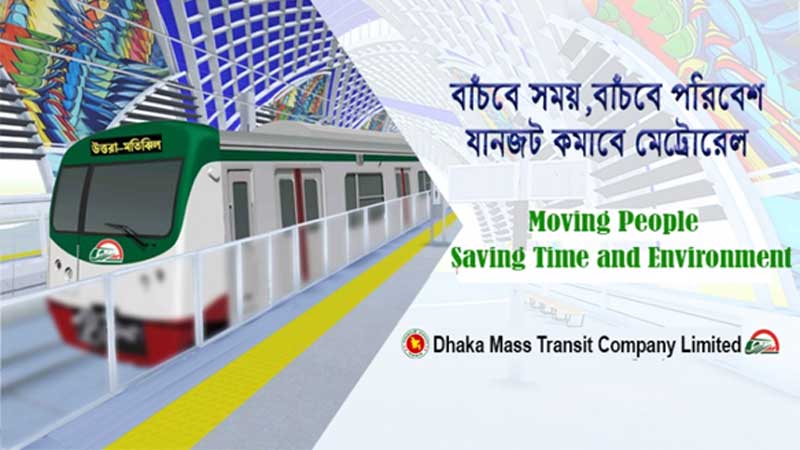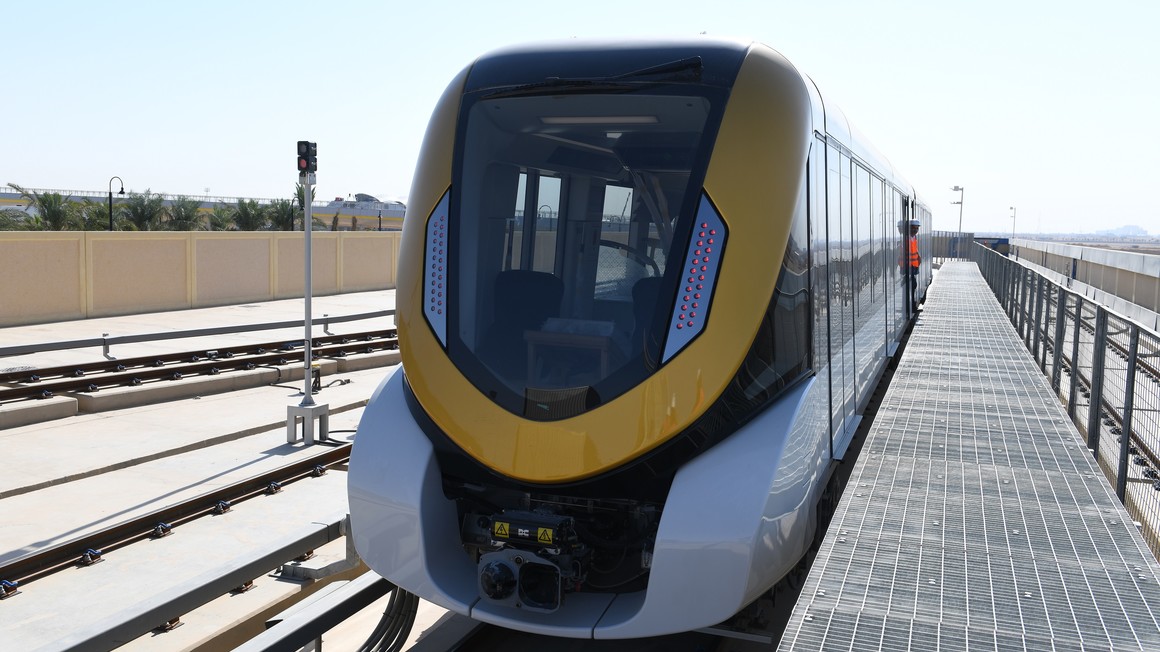Yes, Metro trains are sustainable. The company has a long-term plan to make all of its trains electric by 2030. Additionally, the company is working on other sustainability initiatives, such as reducing energy consumption and waste.
The question of whether or not metro trains are sustainable is a complex one. There are many factors to consider, including the environmental impact of the manufacturing process, the fuel used to power the trains, and the overall efficiency of the system.
In terms of manufacturing, it is clear that metro trains are not as sustainable as electric buses or bicycles.
However, they are more sustainable than cars or trucks. The main reason for this is that metro trains are much heavier than other vehicles, so they require more energy and resources to produce.
When it comes to powering the train, electricity is by far the most sustainable option.
Metro trains can be powered by renewable energy sources like solar and wind power, which have little to no negative impact on the environment. Additionally, electric trains produce zero emissions, which is a major benefit over diesel-powered trains.
Finally, we must consider the overall efficiency of metro train systems.
While they may not be perfect, mass transit systems like metros are still significantly more efficient than private vehicles in terms of both energy use and capacity per passenger mile traveled. In other words, even if we assume that metro trains are only slightly more sustainable than other options on an individual basis, their large-scale efficiency gains make them a much more sustainable option overall.
Table of Contents
Are Metro Trains Electric
As the name suggests, Metro Trains are electric. They use a third rail system, which means that there is a bar on one side of the track that power flows through to provide electricity to the train. The advantage of this system is that it is very efficient and allows the train to go faster and for longer periods of time without needing to stop.

Are Metro Trains Environmentally Friendly?
The world is becoming more and more aware of the importance of sustainability, and that includes transportation. People are looking for ways to reduce their carbon footprint, and one option is taking the metro. But is it really environmentally friendly?
Here are some things to consider:
-The electricity that powers the metro train comes from a variety of sources, including renewable energy. So while the train itself may be emissions-free, the power source may not be.
-Another thing to consider is the manufacturing process of the metro train. Materials like steel and aluminum have a large carbon footprint because of all the energy required to extract them from the earth and turn them into products.
-And finally, there’s also the issue of waste.
Metro trains generate a lot of waste, including paper tickets, plastic bags, and Styrofoam coffee cups. While some of this waste can be recycled, a lot of it ends up in landfills.
Are Trains Environmentally Sustainable?
The amount of energy required to operate a train depends on many factors, such as the weight of the train, the distance it travels, and the speed at which it moves. However, trains are generally more energy-efficient than other modes of transportation. For example, a typical passenger train requires only 0.6 MJ (megajoules) of energy per passenger-kilometer traveled, while an automobile requires about 2 MJ/p-km.
This means that trains emit less greenhouse gases and other pollutants per person than cars or buses.
In addition to being more energy-efficient than other forms of transportation, trains also have the potential to run on renewable energy sources. For example, some trains in Europe are powered by wind turbines or solar panels.
And in the United States, Amtrak is experimenting with using biodiesel fuel made from soybeans to power its locomotives.
So overall, yes – trains are environmentally sustainable!
What is the Most Sustainable Form of Transport?
There is no definitive answer to this question as sustainability is relative and what works for one person or community might not work for another. That said, some of the most sustainable forms of transport include walking, biking, public transit, and carpooling. These modes of transportation require little to no fossil fuels and emit few if any emissions into the atmosphere.
They are also relatively inexpensive which makes them more accessible to a wider range of people.
How Environmentally Friendly are Trains?
Trains are a very efficient way to move large numbers of people and goods over long distances. They use far less energy per person than cars or planes, and emit much less pollution.
In recent years, many countries have been investing in high-speed rail (HSR) systems.
These can travel at speeds of up to 300 km/h (186 mph), making them much faster than conventional trains. HSR also uses less energy per passenger kilometer than slower trains, making it an even more efficient way to travel.
Some environmental groups have criticized HSR projects, claiming that they often require the construction of new infrastructure which can damage ecosystems.
However, most HSR systems use existing railways which have been upgraded, so the overall impact is usually positive.
Overall, trains are a very environmentally friendly way to travel and are only getting more so as technology improves.
Conclusion
In a world where sustainability is becoming increasingly important, many people are wondering if public transportation is doing its part. In particular, are metro trains sustainable?
The answer is yes!
Metro trains are powered by electricity, which can be generated from renewable sources like solar and wind power. Additionally, metro trains are efficient in terms of energy use, meaning they use less energy per passenger mile than cars or buses.
Not only are metro trains sustainable from an environmental perspective, but they also offer social and economic benefits.
For example, they help to reduce traffic congestion and pollution, while also providing an affordable and convenient form of transportation for millions of people around the world.
